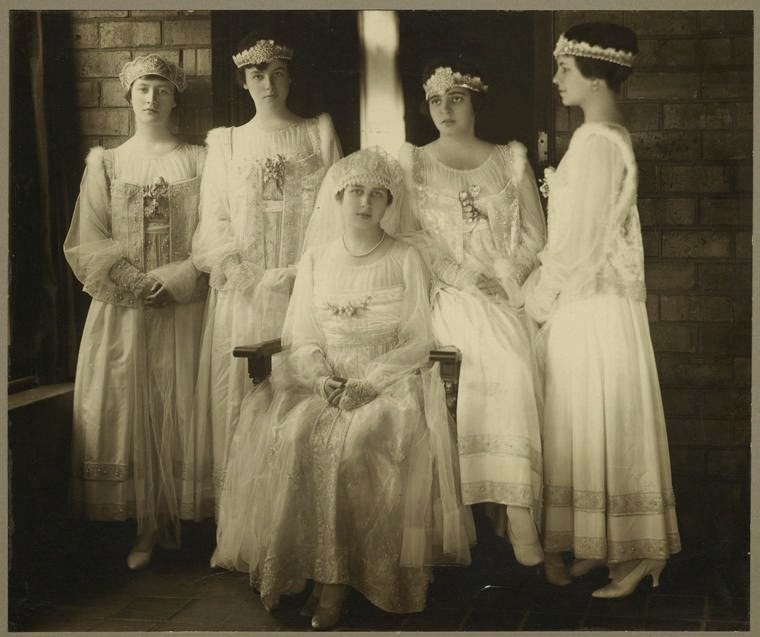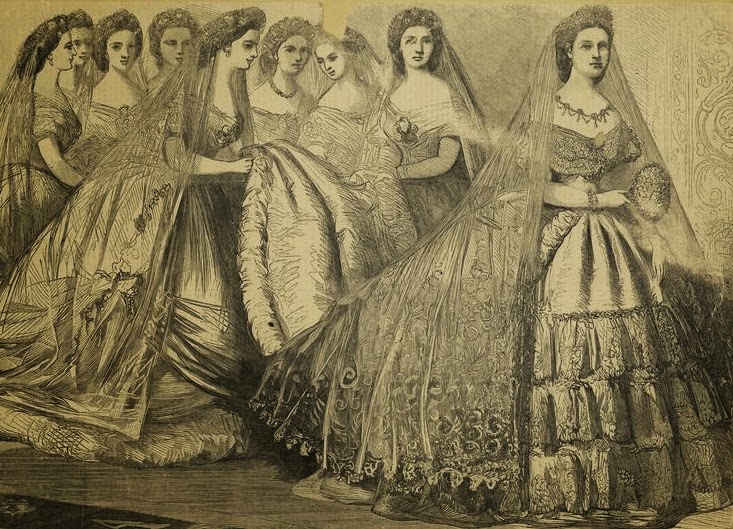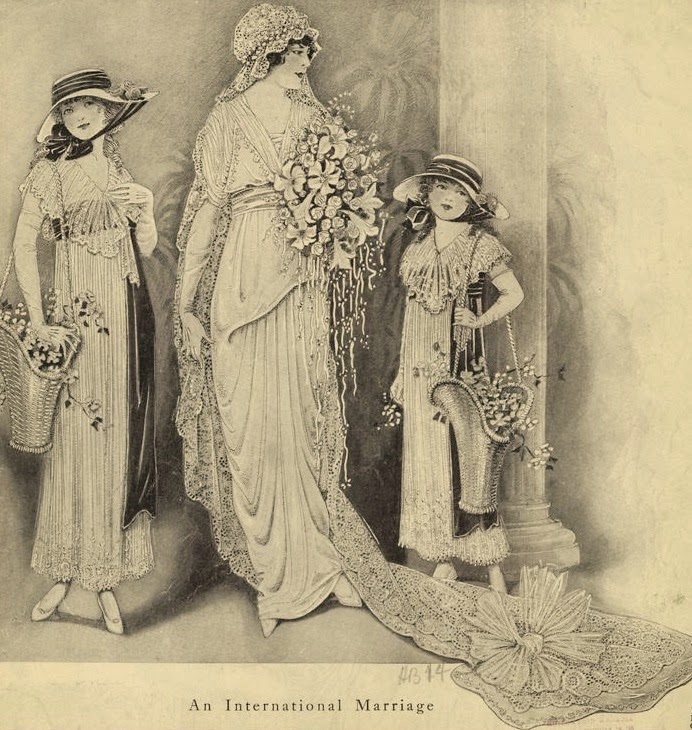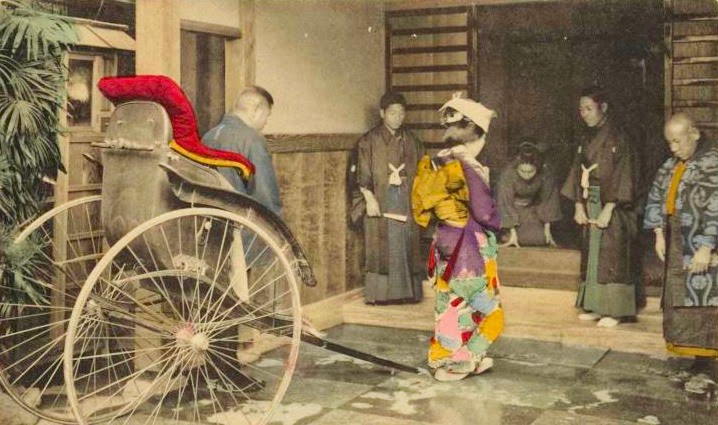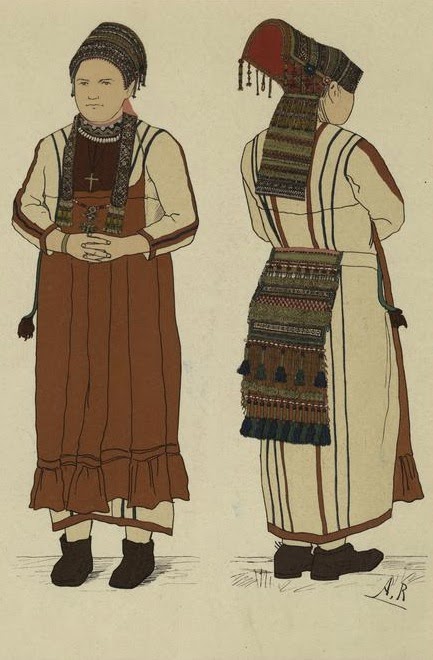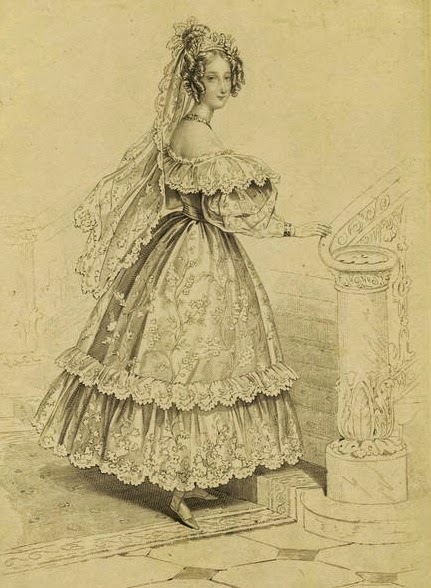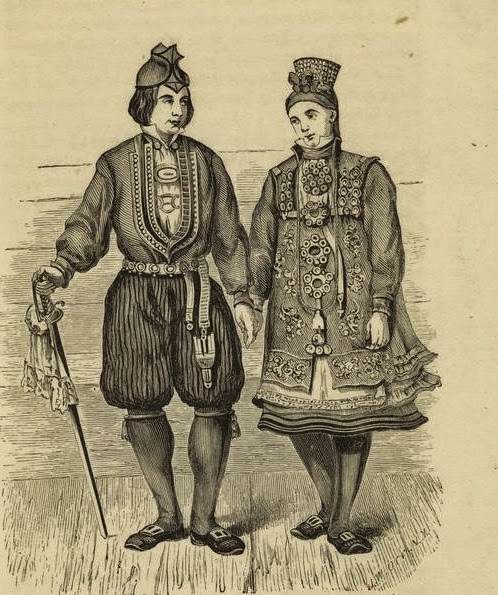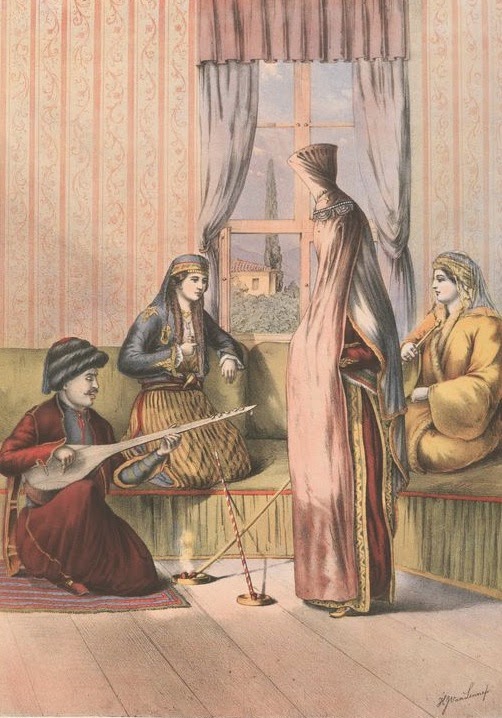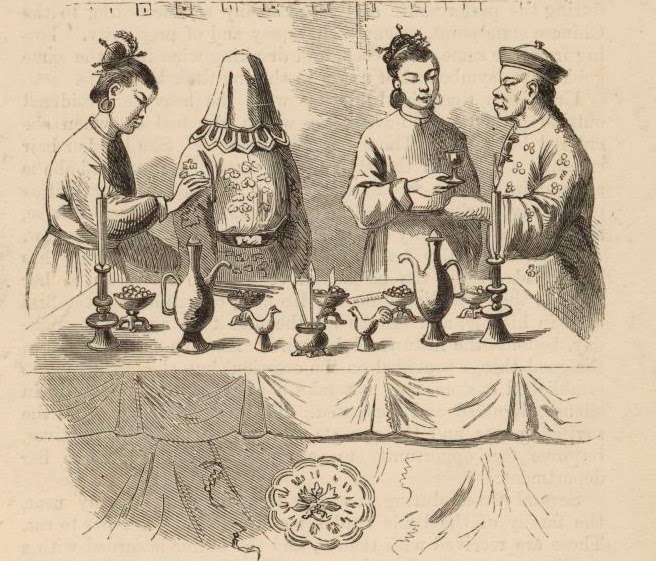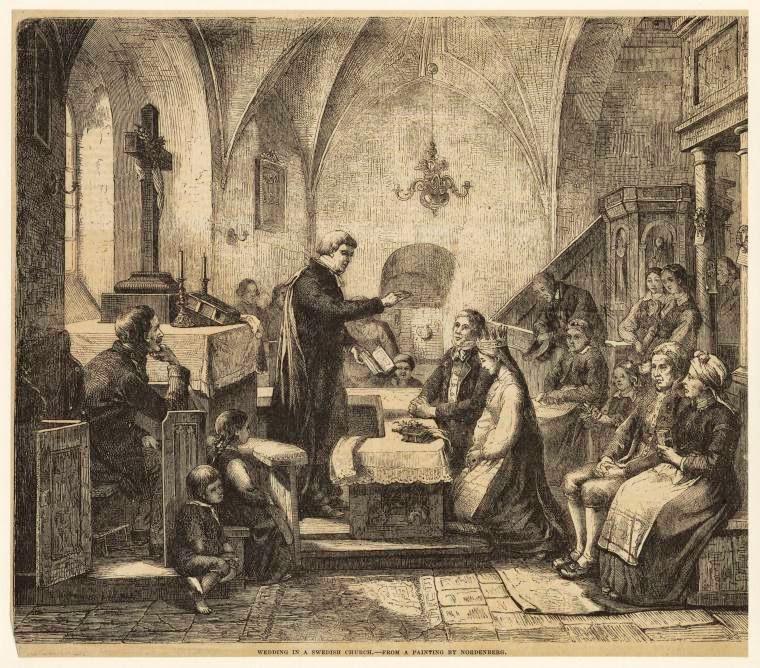 |
| Online, English has become a common language for users from around the world. In the process, the language itself is changing. |
Webster's dictionary, now in its 11th edition, adopted the Americanised spellings familiar today - er instead of re in theatre, dropping the ‘u’ from colour, and losing the double ‘l’ from words such as traveller. It also documented new words that were uniquely American such as skunk, opossum, hickory, squash and chowder.
An American Dictionary of the English Language took 18 years to complete and Webster learned 26 other languages in order to research the etymology of its 70,000 entries. The internet is creating a similar language evolution, but at a much faster pace.
There are now thought to be some 4.5 billion web pages worldwide. And with half the population of China now on line, many of them are written in Chinese. Still, some linguists predict that within 10 years English will dominate the internet - but in forms very different to what we accept and recognise as English today.
That's because people who speak English as a second language already outnumber native speakers. And increasingly they use it to communicate with other non-native speakers, particularly on the internet where less attention is paid to grammar and spelling and users don't have to worry about their accent.

Users of Facebook already socialise in a number of different “Englishes” including Indian English, or Hinglish, Spanglish (Spanish English) and Konglish (Korean English). While these variations have long existed within individual cultures, they're now expanding and comingling online.
“On the internet, all that matters is that people can communicate - nobody has a right to tell them what the language should be,” says Baron. “If you can talk Facebook into putting up pages, you have a language that has political and social standing even if it doesn't have much in the way of linguistic uniqueness.”
Some words are adaptations of traditional English: In Singlish, or Singaporean English, “blur” means “confused” or “slow”: “She came into the conversation late and was blur as a result.” Others combine English words to make something new. In Konglish, “skinship” means intimate physical contact: handholding, touching, caressing.
Technology companies are tapping into the new English variations with products aimed at enabling users to add words that are not already in the English dictionary. And most large companies have English websites, while smaller businesses are learning that they need a common language - English - to reach global customers.
“While most people don't speak English as their first language, there is a special commercial and social role for English driven by modern forms of entertainment,” says Robert Munro, a computational linguist and head of Idibon, a language technology company in California.
“The prevalence of English movies in regions where there is not much technology other than cell phones and DVDs makes English an aspirational language. People think it's the language of the digital age.”
In previous centuries, the convergence of cultures and trade led to the emergence of pidgin - a streamlined system of communication that has simple grammatical structure, says Michael Ullman, director of research at Georgetown University's Brain and Language Lab.
When the next generation of pidgin speakers begins to add vocabulary and grammar, it becomes a distinct Creole language. “You get different endings, it's more complex and systematised. Something like that could be happening to English on the web,” he says. Mobile phone companies are also updating their apps to reflect its growing use.
In Hinglish, a co-brother is a brother-in-law; eve-teasing means sexual harassment; an emergency crew responding to a crisis might be described as ‘airdashing’, and somewhat confusing to football fans, a ‘stadium’ refers to a bald man with a fringe of hair. There's even a new concept of time - “pre-pone”, the opposite of postpone, meaning “to bring something forward”.
That's because people who speak English as a second language already outnumber native speakers. And increasingly they use it to communicate with other non-native speakers, particularly on the internet where less attention is paid to grammar and spelling and users don't have to worry about their accent.
 |
| British diplomats posted to India will first need to learn Hindi as 'Hinglish' – a blend of Hindi and English – becomes the country's most important language. The rise of Hinglish has frustrated British diplomats as it has become more widely used on India's English language television news channels and in the country's English press.The move comes as the unique nature of Indian English is celebrated in the hit Bollywood film English Vinglish, starring veteran actress Sri Devi, about an Indian middle-class housewife who decides to learn English because she is ridiculed by her husband and child who is ashamed to introduce her to her friends. While English is no longer the exclusive language of choice for India's business elites, it is still a badge of status and a passport to better jobs. |
“The internet enfranchises people who are not native speakers to use English in significant and meaningful ways,” says Naomi Baron, professor of linguistics at American University in Washington D.C.

In 2012, just one in 40 British diplomats was fluent in the language of the country where they worked, with the majority lacking even basic grasp sufficient for day-to-day exchanges. In contrast, almost a half of Australia’s diplomatic service were proficient in the local languages where they worked.
Users of Facebook already socialise in a number of different “Englishes” including Indian English, or Hinglish, Spanglish (Spanish English) and Konglish (Korean English). While these variations have long existed within individual cultures, they're now expanding and comingling online.
“On the internet, all that matters is that people can communicate - nobody has a right to tell them what the language should be,” says Baron. “If you can talk Facebook into putting up pages, you have a language that has political and social standing even if it doesn't have much in the way of linguistic uniqueness.”
Some words are adaptations of traditional English: In Singlish, or Singaporean English, “blur” means “confused” or “slow”: “She came into the conversation late and was blur as a result.” Others combine English words to make something new. In Konglish, “skinship” means intimate physical contact: handholding, touching, caressing.
Technology companies are tapping into the new English variations with products aimed at enabling users to add words that are not already in the English dictionary. And most large companies have English websites, while smaller businesses are learning that they need a common language - English - to reach global customers.
“While most people don't speak English as their first language, there is a special commercial and social role for English driven by modern forms of entertainment,” says Robert Munro, a computational linguist and head of Idibon, a language technology company in California.
“The prevalence of English movies in regions where there is not much technology other than cell phones and DVDs makes English an aspirational language. People think it's the language of the digital age.”
In previous centuries, the convergence of cultures and trade led to the emergence of pidgin - a streamlined system of communication that has simple grammatical structure, says Michael Ullman, director of research at Georgetown University's Brain and Language Lab.
When the next generation of pidgin speakers begins to add vocabulary and grammar, it becomes a distinct Creole language. “You get different endings, it's more complex and systematised. Something like that could be happening to English on the web,” he says. Mobile phone companies are also updating their apps to reflect its growing use.
 |
| Hinglish is a blend of Hindi, Punjabi, Urdu and English and is so widespread that it's even being taught to British diplomats. "Most people actually speak multiple languages - it's less common to only speak one," says Mr Munro. "English has taken its place as the world's lingua franca, but it's not pushing out other languages." |
The increasing prevalence of the internet in everyday life means that language online is not a zero sum game. Instead, it allows multiple languages to flourish. “Most people actually speak multiple languages - it's less common to only speak one,” says Mr Munro. “English has taken its place as the world's lingua franca, but it's not pushing out other languages.” Instead, other languages are pushing their way into English, and in the process creating something new.
Sources Telegraph News and BBC Magazine
Etiquette Enthusiast, Maura J Graber, is the Site Editor for the Etiquipedia© Etiquette Encyclopedia
Etiquette Enthusiast, Maura J Graber, is the Site Editor for the Etiquipedia© Etiquette Encyclopedia






